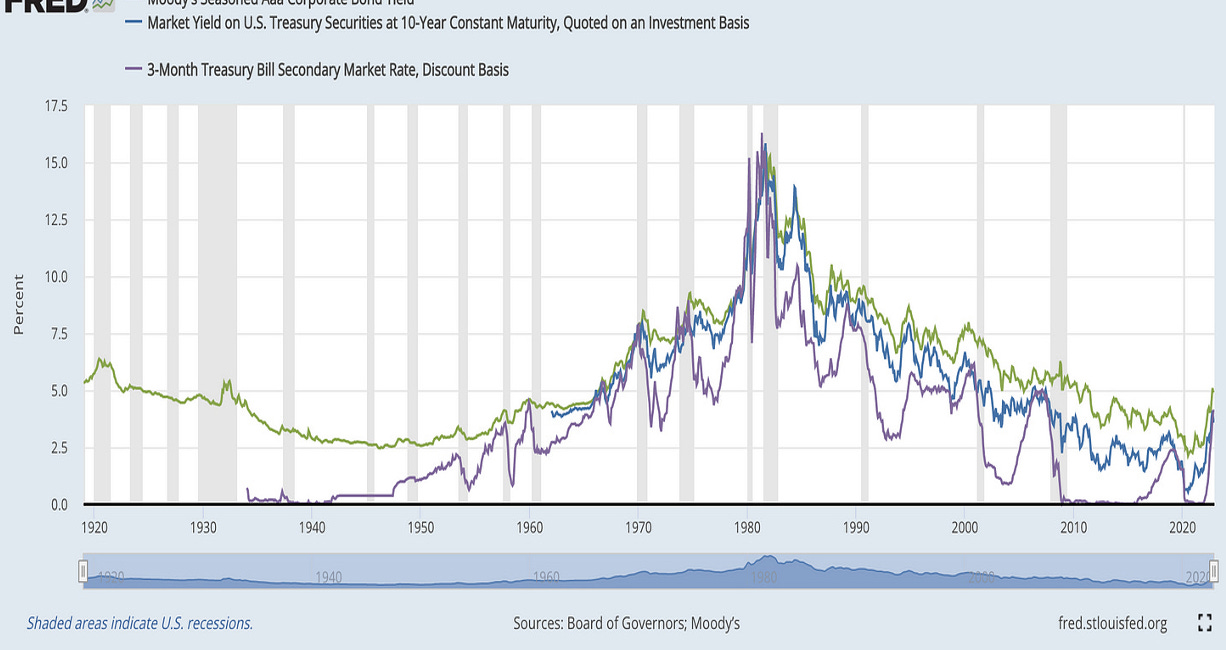When to Buy Bonds 5
Are we finally there?
Here we go again. With bonds pretty much range-bound at post-GFC highs in yield, I thought it would be great to think about when it might be good to ask the above question again.
I started the “When to Buy Bonds” series back in December 2022, when the US 10-year yield was trading with a 3-handle. Clearly, back then, the answer wasn’t a resounding “NOW!” but what has changed to give us more clues as to whether the ultimate buying opportunity is finally approaching?
As a refresher, here are the previous four instalments:
When to buy Bonds
A catchy title, isn’t it? I am learning a thing or two to attract people’s attention. I have to admit that I saw this title in a recent research presentation, and I was both curious and somewhat astonished by the question's simplicity. There are so many things in there to discuss. I mean, where do you even start?
When To Buy Bonds 2
Welcome to the second instalment and extension of the previous post from last December, which received some great comments. Thank you. Now that four months have passed, I thought it would be a good time to refresh where things stand and how things have changed. If you haven’t read
When to Buy Bonds 3
This is the third incarnation of “When to buy bonds”. Please look at Series 1 and Series 2 to review some of my previous reasoning. In short, back in December, I concluded that buying duration (be long bonds) is generally not advisable as long as the hiking cycle is still in full force. Consequently, I looked at better expressions around yield curve pos…
When to Buy Bonds 4
This is the fourth instalment of the series. You can find them all in the freely accessible educational section of Paper Alfa. You can easily conclude that bonds haven’t been a buy yet, given that I have written a fourth post on the same subject since late last year.
Looking at history, the US 10-year yield typically peaks ahead of the final rate hike and has only peaked afterwards in the early 80s and before. Naturally, that makes sense as we were in higher volatility and velocity inflationary regimes.
We are certainly in unusual waters in this cycle, where yields peaked after what we think is the final rate hike in the middle of last year (see chart below). This is indicative of an atypical cycle, which makes sense in the context of the different inflation regimes we find ourselves in compared to the last few decades.
The interesting bit, and relevant to today’s environment, is that in the '70s and '80s, the late peaking of the 10-year yield coincided with core inflation rising for some time after the tightening cycles concluded. You can see how today’s nervousness around sticky inflation is precisely following this script, although we have seen a more pronounced fall in core inflation readings in the current episode.
That’s, however, just one aspect of the story. The overall bond market and macro backdrop at this cycle's end are different from previous occurrences.
Let’s explore.









